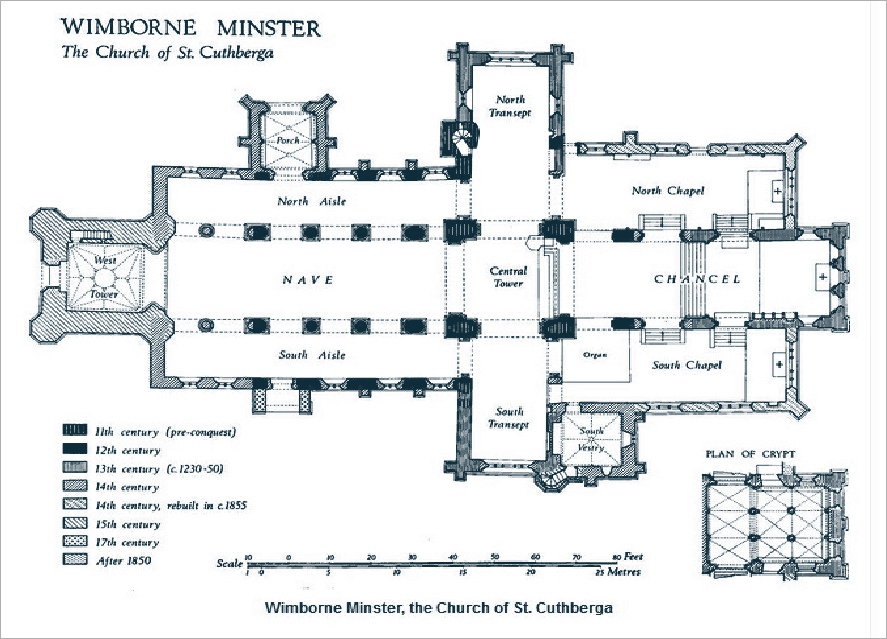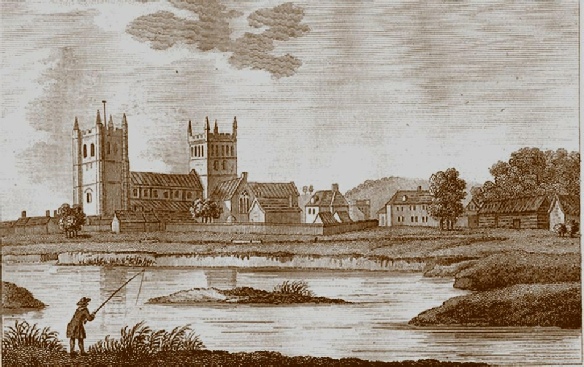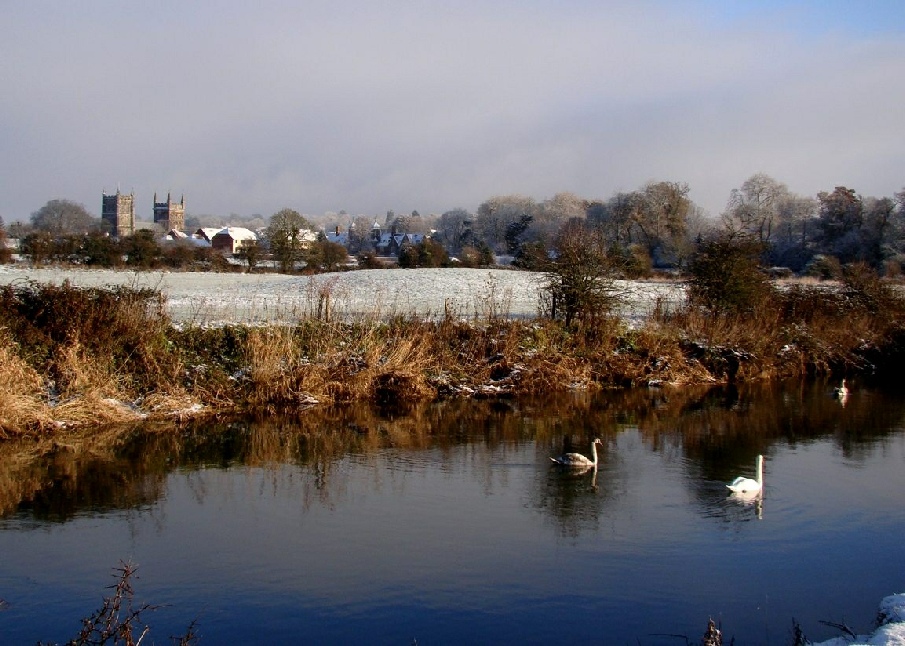History Trail





 Town Map
Town Map
Tree Trail




Undoubtedly the most obvious visitor attraction the town has is the ancient Minster itself and to cover all of the features of the building, the associated history and all the attractions it contains, would take a website to itself.
Dating back to the 8th Century there had been a nunnery -
The British History link below show how the Minster has been
enlarged over the centuries
In the 1200s a central spire was added but this eventually collapsed in 1600 -
A closer look at the two towers will show they are a little different in height and
also have a different stone pattern and structure -
and the Western tower is from the mid fifteenth Century.
The Minster houses the tombs of several eminent individuals from history too, including the brother [Ethelred] of King Alfred the Great; the grandparents of Henry Vll -
The Earl & Duchess of Somerset [ the Earl was the son of John of Gaunt] ; who were
also the parents of Lady Margaret Beaufort, Countess of Richmond.
It was her son Henry Tudor, Earl of Richmond, who defeated Richard the First
at the battle of Bosworth in 1485 and so commenced the Tudor dynasty.
Within the Minster there is a clock dating from the late thirteenth Century, not only showing the time but also with the Earth at the Centre of the ‘face’ (pre Copernicus and the end of the belief that the Earth was the centre of everything !) illustrating the phases of the moon and its position during the month. The clock certainly predates 1409
since records show a wooden case was commissioned to house it in that year.
Wimborne Minster






Dorset’s author & poet, Thomas Hardy -
He was sufficiently engaged with the atmosphere inside that he wrote the following poem in 1917.
COPYING ARCHITECTURE IN AN OLD MINSTER
Thomas Hardy -
How smartly the quarters of the hour march by
That the jack-
Ding-
Or got the true twist of the ogee over,
A double ding-
Just so did he clang here before I came,
And so will he clang when I'm gone
Through the Minster's cavernous hollows-
Tale of hours never more to be will he deliver
To the speechless midnight and dawn!
I grow to conceive it a call to ghosts,
Whose mould lies below and around.
Yes; the next "Come, come," draws them out from their posts,
And they gather, and one shade appears, and another,
As the eve-
See-
And a Duke and his Duchess near;
And one Sir Edmund in columned gloom,
And a Saxon king by the presbytery chamber;
And shapes unknown in the rear.
Maybe they have met for a parle on some plan
To better ail-
I catch their cheepings, though thinner than
The overhead creak of a passager's pinion
When leaving land behind.
Or perhaps they speak to the yet unborn,
And caution them not to come
To a world so ancient and trouble-
Of foiled intents, vain loving kindness,
And ardours chilled and numb.
They waste to fog as I stir and stand,
And move from the arched recess,
And pick up the drawing that slipped from my hand,
And feel for the pencil I dropped in the cranny
In a moment's forgetfulness.
1917

“What we can be certain of is that Hardy’s professional experience as an architect underwrote an interest in buildings that would persist for the rest of his life.” — Thomas Marks


///built.presume.speaks




